Online retail sales have burgeoned in recent years. It now seems as if there is an application for every product and service on the market. All experts agree that these trends show no signs of slowing down and if anything, they are expected to increase. The same holds true when examining the meteoric rise of user-friendly and cutting-edge ecommerce platforms. After all, such systems are absolutely necessary to secure online sales and to proactively address any issues that a customer may have. This is why a great deal of thought has been placed into adopting some of the latest and most innovative smart technologies. So, how has the e-commerce sector evolved and what interesting amenities might be looming just over the horizon?
Smart Systems and Artificial Intelligence
The role of artificial intelligence (AI) will continue to gain ground as computing power increases alongside the demand for more intuitive UX architecture. How might some of these transformations translate to the end user? While no one possesses the proverbial looking glass, some features that are likely to emerge in the coming years include:
- Smart chatbots to partially replace human interactions.
- Facial recognition technology to augment existing security protocols.
- Marketing campaigns based solely off of the buying habits of the client.
- A more accurate collection and interpretation of big data to hone advertising strategies.
It is therefore clear to see that the role of “smart” systems involves much more than architecture alone. The main goal is to provide the end user with a more targeted and interact experience than in the past. This will breed loyalty over time and encourage future purchases. However, smarter and more flexible are not always better. We need to embrace a careful balance between technological advancement and a user-friendly e-commerce system.
Designed for the Individual as Opposed to the Coding Expert
The first e-commerce providers tended to adopt a “one-size-fits-all” approach. In other words, they were comparatively inflexible in regards to their ability to be moulded around the discrete needs of a specific organisation. They instead offered “blanket” approaches and naturally, some freelance businesses fell through the digital gaps. It did not take long for developers to realise this oversight. This is why we have seen the emergence of more targeted and user-friendly solutions such as those which are currently offered by Shopify.
To put it simply, it is much better to work smart as opposed to hard. As the number of individual entrepreneurs continues to grow, we should expect e-commerce software to adapt to this inexorable momentum. This ultimately signifies more flexible architecture, drag-and-drop functionality, 24-hour customer support solutions, and websites that can be modified on the fly as opposed to requiring the use of a dedicated IT expert. Larger enterprises as well as small businesses should both benefit as a result. While the digital future is not set in stone, it is likely that these trends will continue to emerge (to the benefit of everyone involved).






 CLOSE
CLOSE











